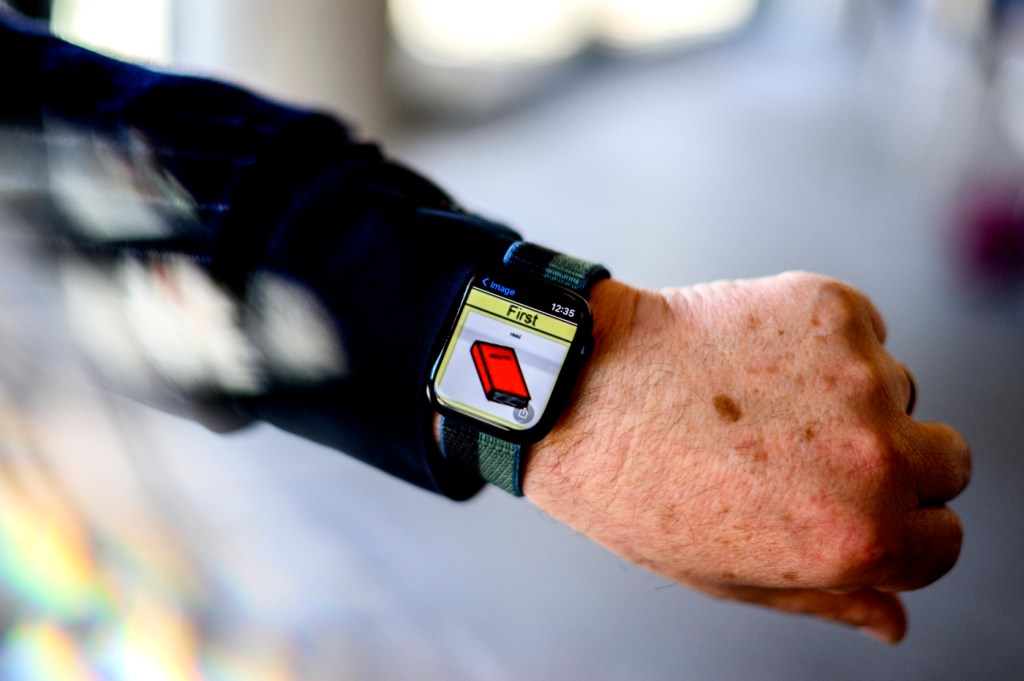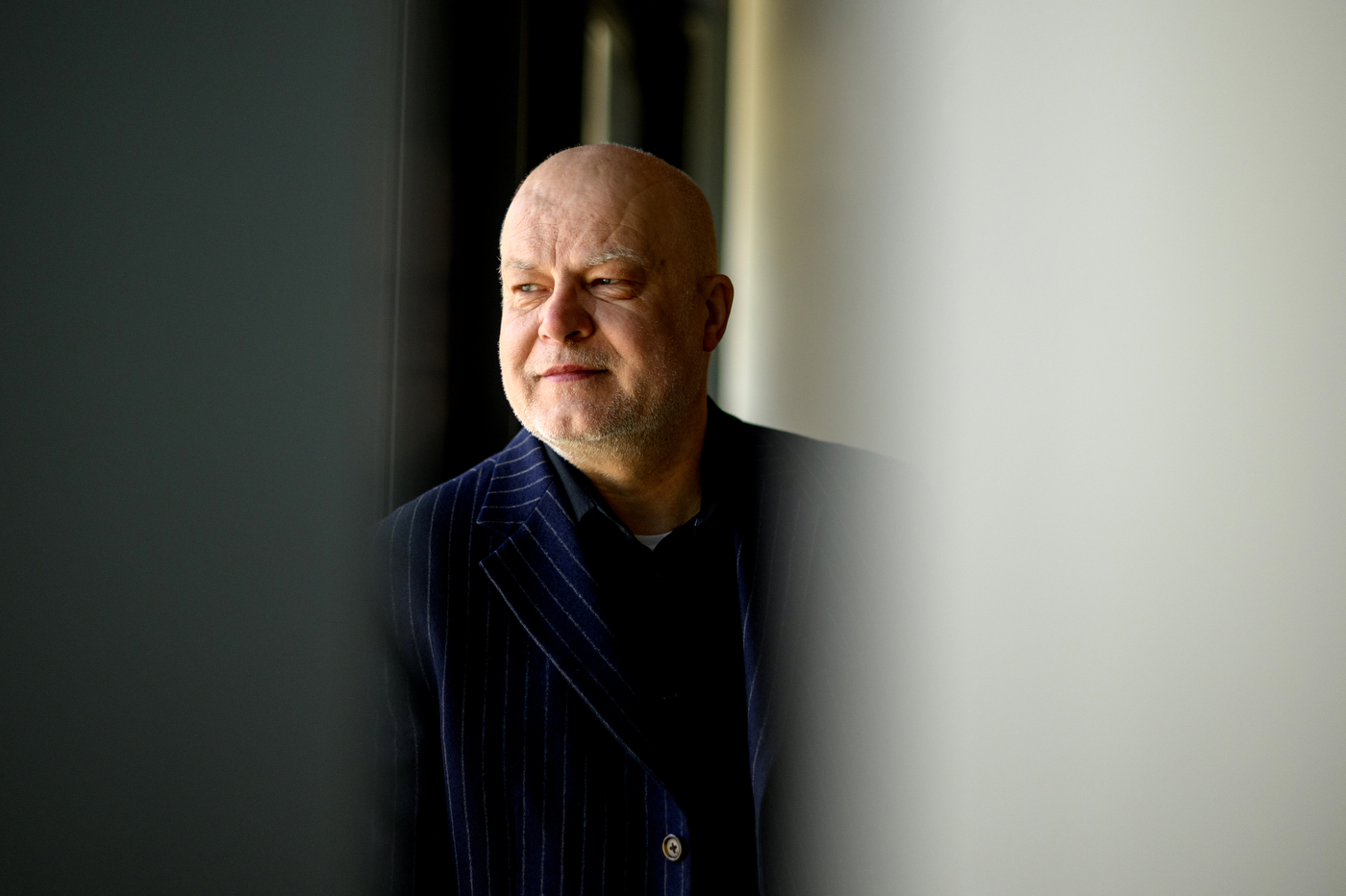Professor’s award-winning research ‘has broken new ground’ in helping autistic children to communicate

Northeastern professor Ralf Schlosser has dedicated his career to breaking down communication barriers faced by minimally verbal autistic children.
When he started working at Northeastern 25 years ago, that meant enlisting the help of expensive, dedicated, specialized and somewhat stigmatizing technology.
More recently, Schlosser has been a leader in employing mainstream mobile technologies such as iPads and animation to allow children with severe communication impairments to do everything from requesting a glass of water to delivering a lecture on a school topic.
“The field has shifted to general consumer-level technologies, like the iPad, smart speakers and smart watches. It helps them communicate better and it’s non-stigmatizing because you and I also might be wearing a watch,” Schlosser says.

“About 30% of autistic children have little or no functional speech and benefit from augmentative and alternative communication strategies and devices. That’s the population I work with,” he says.
Breaking new ground
Schlosser’s scientific research and evidence-based progress in the field led to his being given highest honors from the American Speech Language and Hearing Association last winter.
Rajinder Koul, who chairs the department of speech, language and hearing sciences at the University of Texas in Austin, says Schlosser’s contributions “have enhanced and altered the course of the profession.”
Repurposing mainstream mobile technologies to promote language and communication “has broken new ground in providing evidence-based solutions to enhancing communication for people with little or no functional speech,” Koul says.
“This has potentially changed the lives of people with developmental disabilities,” Koul says.
A surprise improvement in speech
The communication devices are tailored and personalized to the children’s abilities.
Children who can read are given devices with the conventional spelling system of language or text.
“For other children who are not at that level in terms of literacy, we use graphic symbols, icons or photographs,” Schlosser says. “We use whatever is appropriate for the child.”
The focus of communication intervention varies by child and where they are in the progression toward communicative competence, he says.
Communication can range from basic statements such as, “I’m hungry” or “I’m thirsty” to more sophisticated interactions such as asking questions and greeting people.
Some individuals have feared that using alternative modes of communication meant that the youngsters would “give up” on speech, he says.
“But that is not the case,” Schlosser says.
“We’re actually seeing improvements in speech. And that came as a surprise to some of us.”
“The important thing is we are always speaking along with using these modalities,” Schlosser says. “We look at communication as multimodal.”
Revealing thoughts and feelings
Closing the communication gap with technology has helped reveal the thoughts and feelings of nonverbal people in a way that wasn’t possible before, Schlosser says.
“They can show what they’re thinking, and we get to know the authentic person behind the person who is using the system.”
Schlosser says that what is among the most amazing things is being able to see a person who is considered minimally verbal “be spontaneous and respond on the fly.”
Schlosser, who is a professor of communication sciences and disorders at Northeastern’s Bouvé College of Health Sciences, collaborates on research with clinicians at Boston Children Hospital’s Autism Language Program, which he says sees about 1,500 autistic children a year.
He also is founding editor of a journal called Evidence-Based Communication Assessment and Intervention, which appraises already published research in order to provide clinicians with assistance in implementing evidence-based practice.
Koul says the journal is also an example of the work Schlosser has done to debunk pseudoscientific interventions in the field.
An example of pseudoscience is when individuals assisting non-speaking individuals in using communication devices unknowingly guide their answers and basically create their responses instead of having the autistic person “speak” for themselves.
“It’s not the child’s voice that we’re hearing,” Schlosser says.
“It’s the facilitators speaking. And that is not what we want in the field. We want independent communication.”
“It’s very applied work. It’s very clinical,” Schlosser says about his research. “And I also find it very rewarding.”
Cynthia McCormick Hibbert is a Northeastern Global News reporter. Email her at c.hibbert@northeastern.edu or contact her on Twitter @HibbertCynthia.






